Today we began the day reading “Commotion in the Ocean”. We talked about ocean animals and tried to emulate the way they look and move. The book showed us animals like sharks, whales, lobsters, swordfishes, octopuses and sea turtles. We also listened to “There Were Ten in Bed” a book about counting backwards from 10 to 1, in the same fashion as “Ten Little Monkey’s Jumping on the Bed”.
Children enjoyed music time on the bridge again today, and Hokey Pokey is being mastered!!! Ms. Tami and Marty joined us today for the fun!
We also went for another wagon ride around the neighborhood and noticed more about the changes around us. Today we paid special attention to the blooming Redbuds!
For reading aloud children listened to Paulina read “Little Engine” by Lois Lenkin and “Brown Bear” by Eric Carle. This time Brown Bear was read singing to the tune of “Twinkle, Twinkle”.
Attempting to help our children with learning to communicate emotions in peaceful ways, we have decided to scale down on the bigger activities for a few days and “go back to the basics”. The combination of VERY strong emotions and little language and social skills makes the stage around the 2 years old extremely intense. Some deal with these issues by hitting, biting, pushing, crying, yelling or staying away from others. Our plan is to closely shadow children’s interactions to do more emotional coaching and preventive intervention. Helping them by modeling what to say and do when the situation arises is key. Consistency here is also an essential strategy, all the teachers (and parents) need to have similar responses to the problem. So we are inviting you to join us in what is perhaps the most important and essential skill to be learned at this stage; to communicate emotions in non-aggressive ways.
Here is our basic script:
Sometimes it is necessary to physically stop the action, staying calm and separating them, we can say:
–“ I will not let you bite __(name)___” or “ I will help you stop biting___________”
It is also important to “honor the impulse” :
–“Are you trying to say “stop” ?
–“ Can you say, I AM ANGRY”? (or the emotion that applies to the situation, making guesses is a good tool, it helps the grown up to tune in to the child’s emotions and fosters the bonding and connection between them)
It is good to give some “social information”
–“Biting (hitting, pushing) hurts, we do not bite your friends”
Redirecting to bite something else or to channel the impulse in a more acceptable way:
–“Looks like you need something to chew (hit or push) on, you can bite (hit or push) on this”
–“It looks like you are really mad, you can stomp your feet (or roar!)”
It is also important for us to figure out at what time of the day and in what situations are all these events happening. Tami mentioned to us that in all daycares, the most biting and hitting happens between 10:30 and noon. The combination of getting tired and hungry makes this more possible. This is why we have added a crunchy snack at around 10:30 everyday. Snacks like carrots and pretzels are ideal for this purpose since it may help preventing biting as well.
Putting special attention to our transitions is also necessary when emotions are running high for our WWF. We are revising and trying to make them as smooth as possible, right now we still feel that our transitions from outside to lunchtime and departures at the end of the day need the most attention. We will continue working on finding the procedures.
So! May PEACE be with all of you and our little ones!
Cheers,
Paulina, Lisa and Marty.

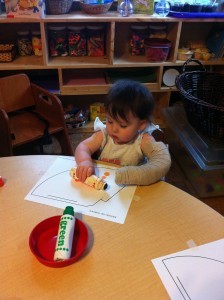
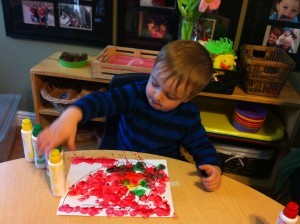
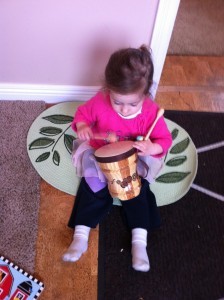


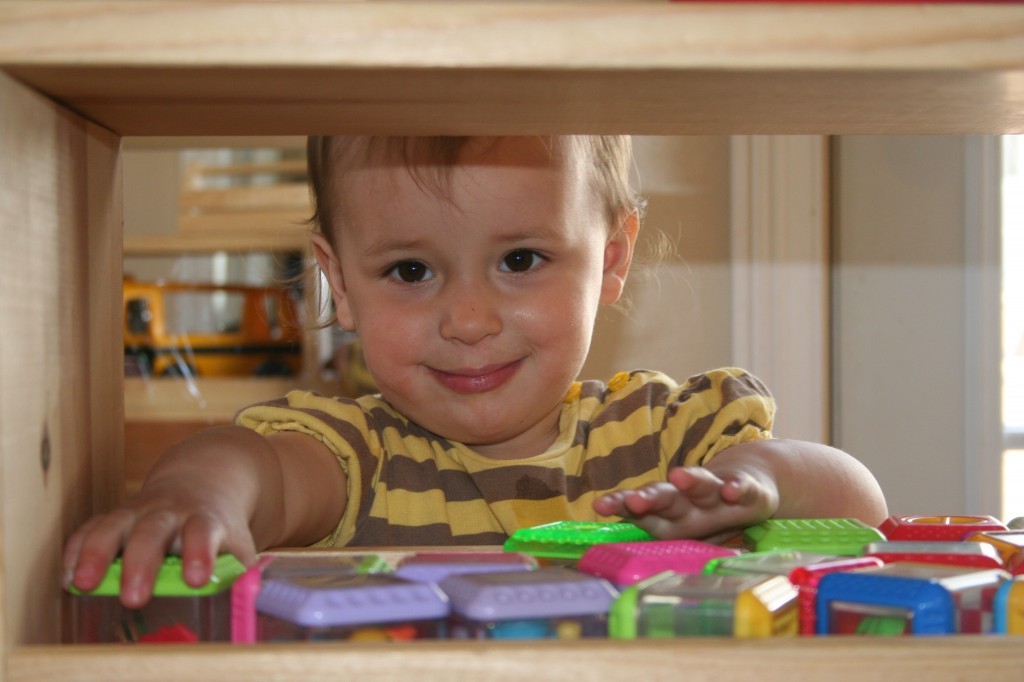
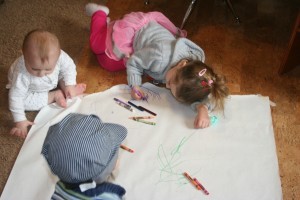

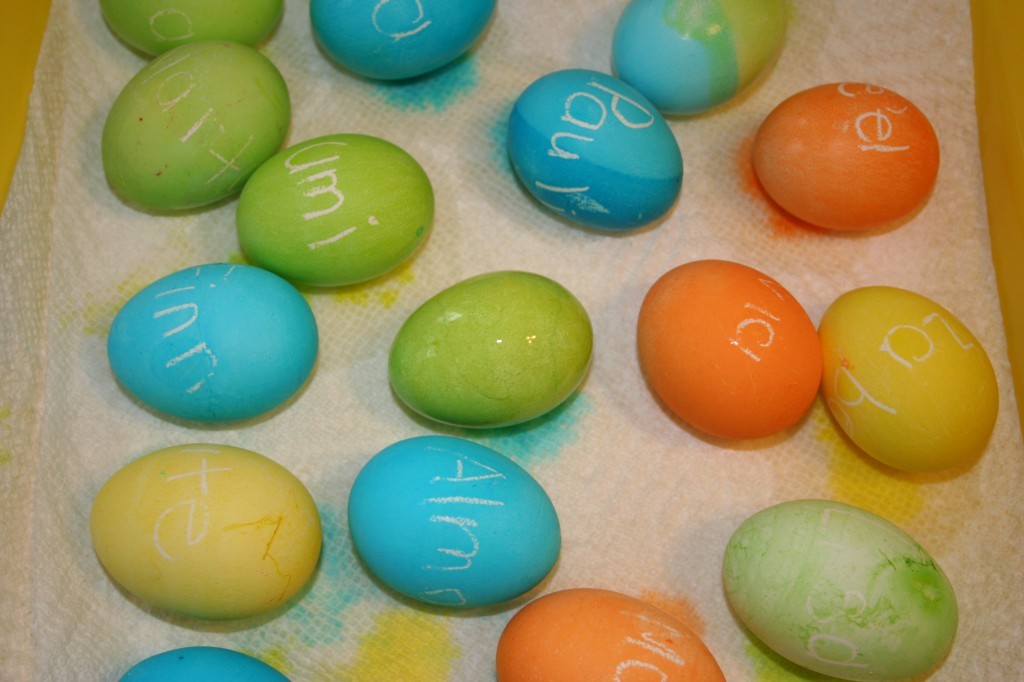
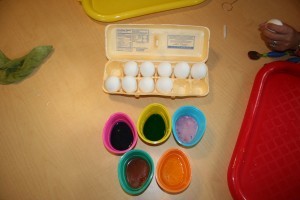
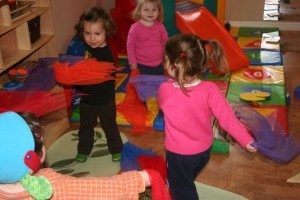



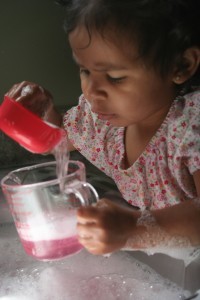 shapes). Using their individual rugs to define their space and to help them work without being interrupted, children lined up their buttons in rows according to the attribute they chose. They also counted them.
shapes). Using their individual rugs to define their space and to help them work without being interrupted, children lined up their buttons in rows according to the attribute they chose. They also counted them.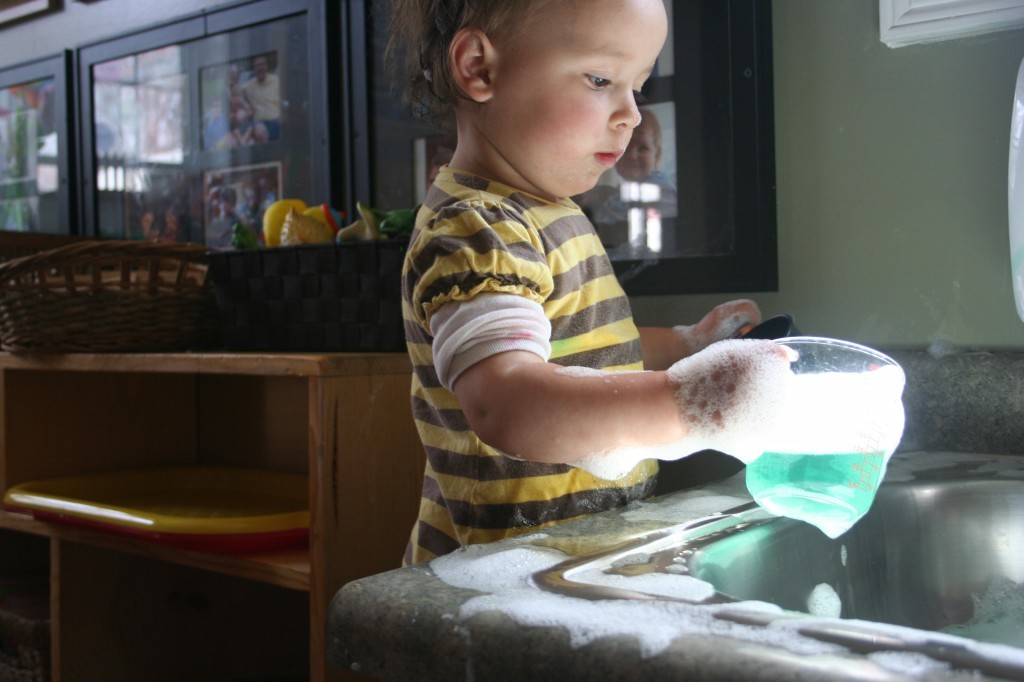
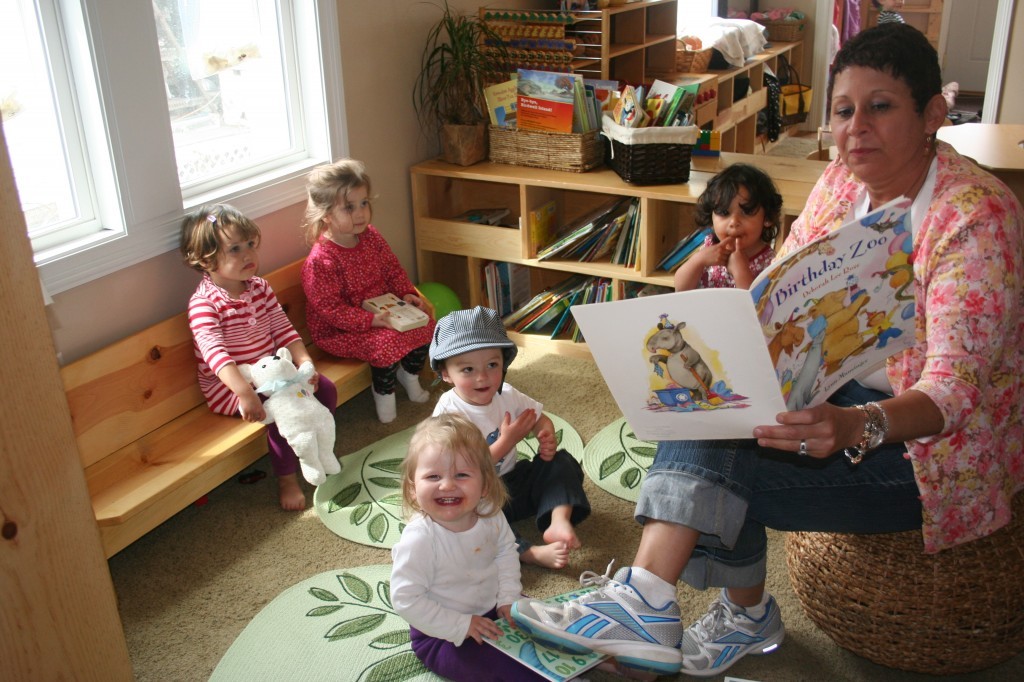
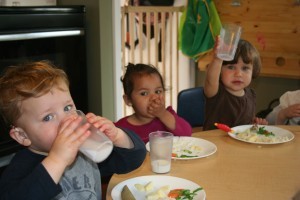 children with a teach
children with a teach